Question 1 . – What is the main function of Brain ?
Ans 1 : The brain is an organ that’s made up of a large mass of nerve tissue that’s protected within the skull. It plays a role in just about every major body system.
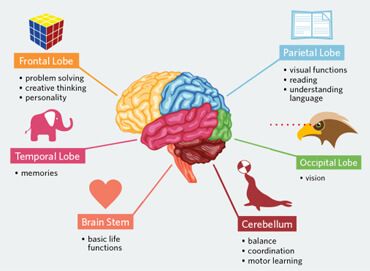
Some of its main functions include:
- processing sensory information
- regulating blood pressure and breathing
- releasing hormones
Question 2. Name the different parts of the brain and describe their main functions.
Ans 2 : The brain is divisible into three main regions:
- Forebrain (Prosencephalon)is the anterior part of brain which consists mainly of cerebrum.
- Midbrain (Mesencephalon)
- Hindbrain (Rhombencephalon)It is the posterior most part of the brain which consists of cerebellum, pons varolii and medulla oblongata.
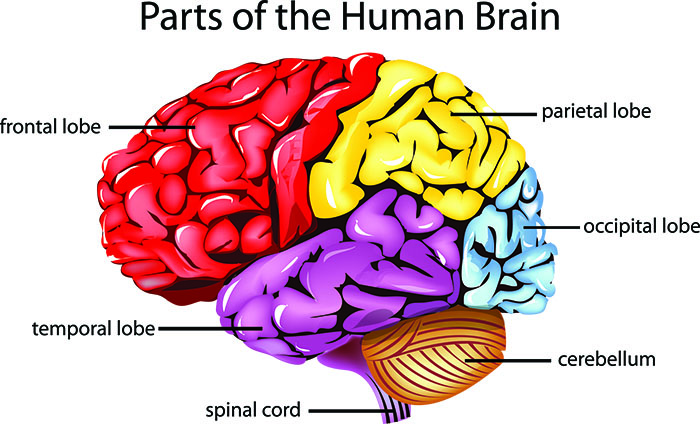
Cerebrum:
- It is the largest and uppermost part of the brain occupying about 80% of the brain.
- The cerebrum consists of the cerebral hemispheres and accounts for two-thirds of the total weight of the brain.
Function: One hemisphere, usually the left, is functionally dominant, controlling language and speech. The other hemisphere interprets visual and spatial information.
Cerebellum:
- The cerebellum (which is Latin for “little brain”) is a major structure of the hindbrain that is located near the brainstem.
- Although the cerebellum only account for roughly 10% of the brain’s total weight, this area is thought to contain more neurons (nerve cells) than the rest of the brain combined.
Function:
- This part of the brain is responsible for coordinating voluntary movements.
- It is also responsible for a number of functions including motor skills such as balance, coordination, and posture.
Brainstem:
- It is located at the base of the brain.
- This area connects the cerebrum and the cerebellum to the spinal cord, acting as a relay station for these areas.
Function:The brainstem works by regulating automatic functions such as sleep cycles, breathing, body temperature, digestion, coughing, and sneezing.
Also Check – Class 5 Nervous System – Notes
Question 3. Name the different types of nerves and explain their functions.
Ans3 : There are three types of nerves
- sensory nerves
- motor nerves
- mixed nerves.

Sensory nerves or afferent nerves:
- These are the nerves that send messages to the brain or the spinal cord from the sense organs.
- These are enclosed in the form of a bundle like structures or nerve fibers in the peripheral nervous system.
- They carry information from the PNS to the CNS( Central Nervous System).
- The brain studies the messages and tells you what your sense organs have seen, heard, tasted, smelt or felt.
Motor nerves or efferent nerves:
- Motor nerves are those nerves that carry the messages in the form of a response from the brain or the spinal cord to other parts of the body such as the muscles and glands.
- They are responsible for carrying the information from the CNS to the PNS.
- . If your sensory nerves report that your eyes have seen a stone about to hit you, the brain will immediately send a message through the motor nerves to your leg muscles to get out of the way.
Mixed nerves or relay nerves:
- Mixed nerves are the nerves that perform both the action of sensory nerves as well as a motor nerve.
- They carry messages between the sensory nerve cells and the motor nerve cells.
- Generally, the mixed nerves transmit impulses at the rate of 120 metres per second or 432 kilometres per hour.
- They are present in the brain and spinal cord.
Question 4. What is a reflex action?
Ans 4: A reflex action is an involuntary and rapid response to the stimulus which minimizes any damage to the body from potentially harmful conditions, such as touching something hot. It is a crucial component of the famed survival instinct.
Examples:
>When light acts as a stimulus, the pupil of the eye changes in size.
>Sudden jerky withdrawal of hand or leg when pricked by a pin.
Also Check – Class 5 Nervous system Worksheet
Question 5. Explain what happens when a sound falls on the eardrum
Ans 5 : Sound waves travel through the ear canal to reach the eardrum. The eardrum is a thin flap of skin that is stretched tight like a drum and vibrates when sound hits it. These vibrations move the tiny bones of the middle ear, which send vibrations to the inner ear. From the inner ear, the message is sent to the brain .
Question 6. What makes the skin behave as a sense organ?
Ans: Skin is supplied with nerve endings of nerves. It receives the stimulus of touch, pain, pressure, heat, etc. and carries them to the brain. In this way, the skin acts as a sense organ.

Question 7. The brain needs a continuous supply of blood and oxygen. Why?
Ans 7 : This is because brain cells will die if the supply of blood which carries oxygen is stopped, the brain has top priority for the blood. Even if other organs need blood, the body attempts to supply the brain with a constant flow of blood. The blood brings many materials necessary for the brain to function properly.
Question 8. How is our brain protected from injuries?
Ans 8: The brain is protected by the bones of the skull and by a covering of three thin membranes called meninges. The brain is also cushioned and protected by cerebrospinal fluid. This watery fluid is produced by special cells in the four hollow spaces in the brain, called ventricles.
Question 9. What could happen if we clean our ears with a pointed object?
Ans 9: Bobby pins or sharp pointed objects should not be used to clean your ears because these objects may injure the ear canal or eardrum.
Question10. What does the nervous system consist of ?
Ans 10: The nervous system is made up of
The central nervous system and the peripheral nervous system: The brain and the spinal cord are the central nervous system. The nerves that go through the whole body make up the peripheral nervous system.
Question 11. How does food taste if we have a cold?
Ans 11 : While chewing, the food releases certain chemicals that travel up to the nose and activate the olfactory receptors inside the nose. They work in coordination with the taste buds to identify the actual flavor of the food.
So a cold nose gets blocked due to the accumulation of mucus by which one cannot be able to take in the smell of food and the food tastes tasteless after eating.
Question 12. How can you keep your skin healthy?
Ans 12 : We can Keep Skin Healthy in following ways
- Soap and water are enough to remove dirt and sweat from the skin.
- Dry yourself thoroughly after bathing and wear clean and comfortable clothes.
- Clothes should be loose enough for the passage of fresh air when the weather is warm.
- A scratch or cut on the skin should be treated with an antiseptic lotion to prevent infection.
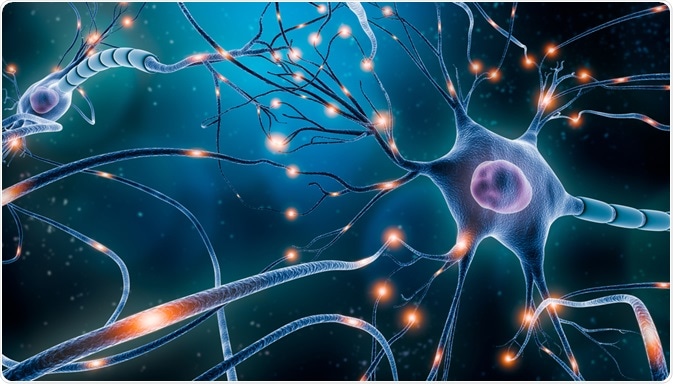
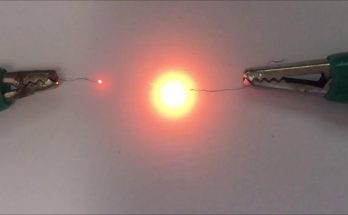
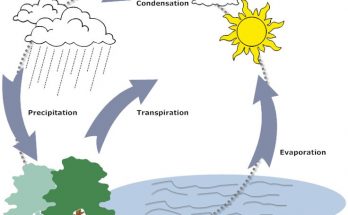
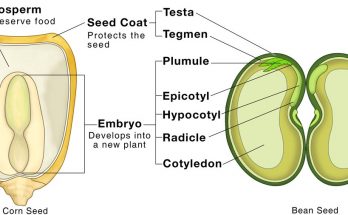
These types of websites are really helpful . I really love this, Good job 👍
These types of websites are really helpful . I really love this, Good job 👍
It’s really helpful for the kids.thank q so much
Try to post more information like this.we need MCQs and fill in the blanks on sense organs topic also
Thank you for your kind words! I’m glad you found the information useful. I will definitely consider adding more content about sense organs, including MCQs and fill in the blanks.
Really help a lot in preparing notes for my son. Good job 👍
Thank you so much for your kind words! I’m glad to hear the notes have been helpful for your son. 😊
Questions can be more relevant
Thank you for your feedback on the article. The questions were chosen to match the Class 5 curriculum on the nervous system. I’m open to suggestions and would appreciate any specific ideas you have for making the questions more relevant. Your input is valuable in improving the content for all readers.